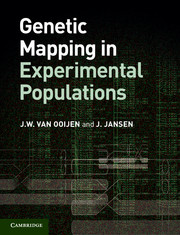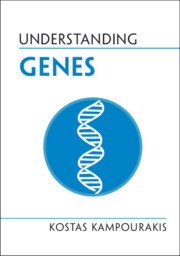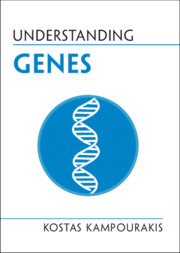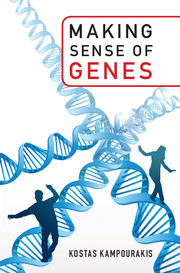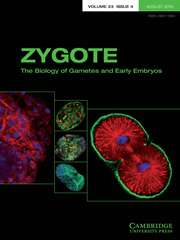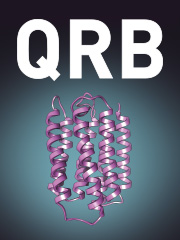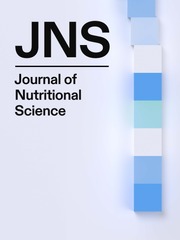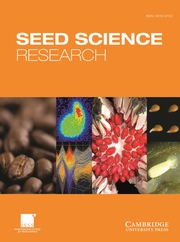Genetic Mapping in Experimental Populations
Genetic linkage maps are an increasingly important tool in both fundamental and applied research, enabling the study and deployment of genes that determine important biological traits. This concise introduction to genetic mapping in species with disomic inheritance enables life science graduate students and researchers to use mapping software to produce more reliable results. After a brief refresher on meiosis and genetic recombination, the steps in the map construction procedure are described, with explanations of the computations involved. The emphasis throughout is on the practical application of the methods described; detailed mathematical formulae are avoided and exercises are included to help readers consolidate their understanding. A chapter on recognising and solving problems provides valuable guidance for dealing with real-life situations. An extensive chapter dedicated to the more complex situation of outbreeding species offers a unique insight into the approach required for many economically important and model species, both plants and animals.
- Practical coverage enables readers to effectively use the currently available software to achieve more reliable results
- Includes a description of eight of the most common map ordering algorithms
- Written specifically for life science researchers; does not assume any background in mathematics or statistics
- Contains a detailed explanation on map construction in an outbreeding species full-sib family
Product details
September 2013Paperback
9781107601031
167 pages
245 × 188 × 10 mm
0.35kg
20 b/w illus.
Available
Table of Contents
- Preface
- 1. Introduction
- 2. Meiosis and genetic recombination
- 3. Estimation of recombination frequencies
- 4. Determination of linkage groups
- 5. Estimation of a genetic map
- 6. Criteria for the evaluation of maps
- 7. How to find the best map order
- 8. Outbreeding species
- 9. Mapping in practice
- References
- Answers to exercises
- Index.

